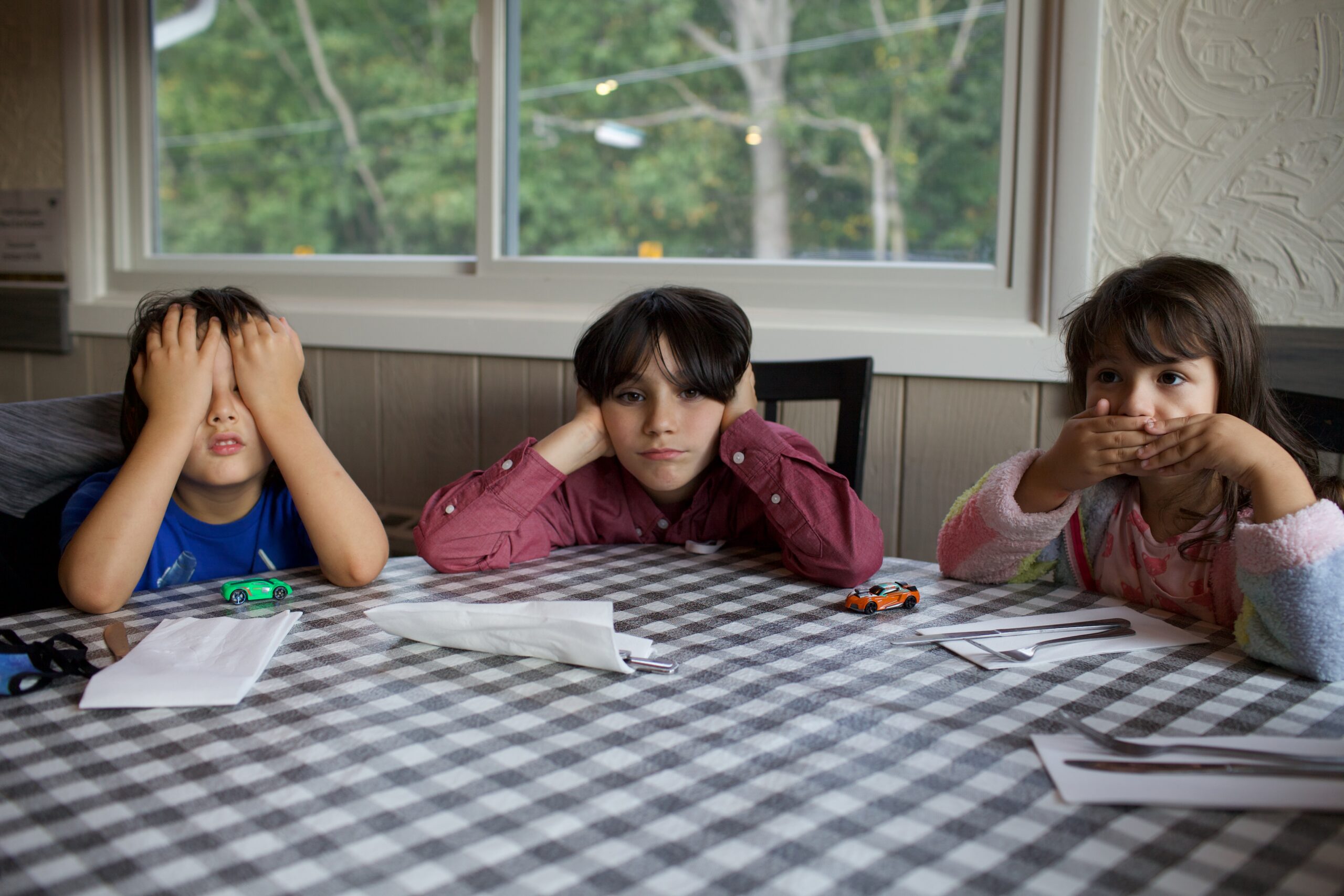As a parent, you might have witnessed your child being aggressive toward others or the environment around them. It can feel overwhelming and confusing to understand the reason behind their behavior and how to respond to it.
It’s important to remember that aggression is a normal part of a child’s development, and every child experiences it in different ways and degrees. Understanding the types of aggression and how it correlates with developmental milestones, can help you support and guide your child toward healthy emotional and social development.
There are 2 types of aggression: 1. Proactive or instrumental and 2. Reactive or hostile.
- Proactive aggression occurs when a child uses aggression as a means to achieve a specific goal, whereas
- Reactive aggression is a response to a threat, attack, or frustration, usually impulsive in nature.
In general, the preschool years have more instances of proactive aggression. As children learn to communicate effectively, they rely less on physical aggression to get their way.
Children’s ability to regulate their actions and delay gratification is linked to decreases in aggression. As children grow, their brains develop and this enables them to understand and regulate their emotions. As a result, they can react less impulsively and understand the relationship between their actions and consequences. It’s important to note, that parents play a critical role in helping them practice self-control and providing them with the specific EQ strategies and tools to help them regulate their emotions.
Around school age, aggression moves from mainly being proactive to reactive. Children become more aware of social norms and the need to follow social rules. Reactive aggression is usually an impulsive response to a social threat when children are feeling threatened, attacked, or frustrated. They may act more aggressively in retaliation when someone pushes them or is teasing them. As children grow and develop, parents can help children develop self-control by teaching them emotional regulation strategies for what to do when they are frustrated or upset by others.
During adolescence, physical aggression is less likely for most children. Verbal insults and relational aggression may increase. This shift may be linked to more focus on social status, more relationships with others, and less physical dominance.
It’s essential to note that every child’s development is different. They may experience aggression in varying degrees or stages. Therefore, it’s important to communicate actively with your child and their caregivers about their emotional and social growth. Providing them with cooperative activities (flag football, soccer, board games, 4 square) that promote healthy social interaction can play a crucial role in their emotional learning.
Aggression is a natural part of every child’s development. It can stem from different experiences, needs, and developmental milestones. Understanding the types of aggression and how it changes as a child develops can help you support and guide your child towards healthy emotional and social growth. It’s important to communicate regularly with your child, encourage healthy social interaction, and show empathy and kindness as your child grows and learns. With compassionate understanding and support, you can guide your child to lead a healthy, happy, and socially conscious life.

